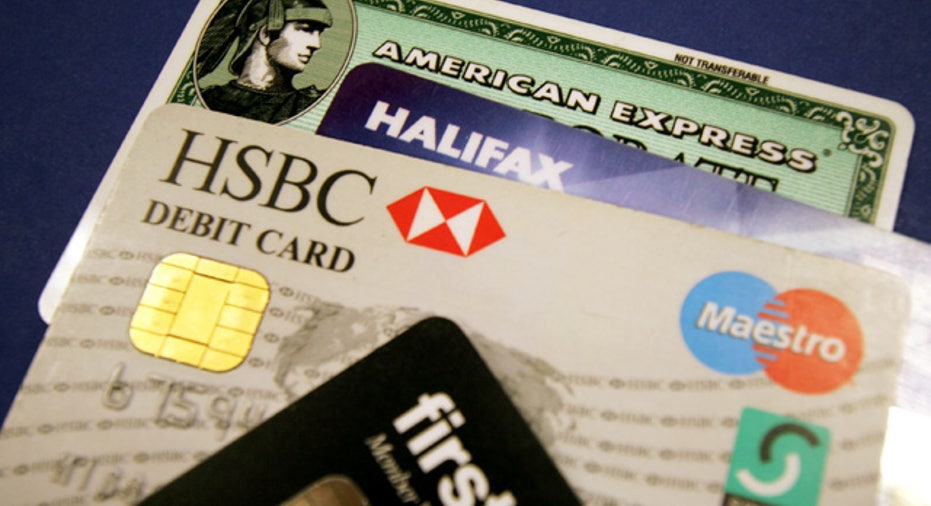Rate Survey: Credit Card APRs Unchanged, Remain at Record Highs

Interest rates on new credit card offers remained at record highs this week, according to the CreditCards.com Weekly Credit Card Rate Report.
For the second straight week, the average annual percentage rate (APR) for new credit cards stayed at 14.97% -- the highest mark seen since CreditCards.com began tracking rates in 2007. In fact, record highs have either been set or equaled each week since the end of August.
This week's only APR change was from Cabela's. The sporting goods retailer changed the top end of the APR range offered for the Cabela's Club Visa from 18.21% to 18.23%. The low end of the range, 9.99%, stayed unchanged. However, we only use the low end of ranges in our calculations, so the move did not affect the national average.
Cabela's chief financial officer Kevin Werts attributed the move to a change in the London Interbank Offered Rate (Libor), the British equivalent of the U.S. federal funds rate.
While most U.S. variable rate credit cards are tied to the U.S. prime rate -- which moves based on changes to the Federal Reserve's federal funds rate -- the Cabela's card is tied to Libor. When Libor moves up or down, the APRs of all credit cards that are tied to it move in the same direction by the same amount.
A widening gapThough we use the lowest end of credit card APR ranges to calculate the national APR average, we have also seen significant changes at the higher ends of APR ranges. Banks will often raise the top end of an APR range and leave the bottom tier alone, as Cabela's did with its card. That has resulted in, data shows, a widening gap between the high and low end of APR ranges.
*Using a card's lowest available rate in our calculations, the average APR for the 100 cards we track is 14.97%, as mentioned previously.
*Using a card's highest available rate in our calculations, the average APR for the 100 cards we track shoots to 20.22%. That's a jump of more than a quarter-point since late July.
*That means that there's, on average, a 5.25% difference between the high and low end of a card's APR range. That gap was 5.03% just six weeks ago.
These differences have a real impact. For example, a typical cardholder who borrowed $5,000 on a credit card today and consistently paid $150 per month at 20.22% would have to pay $7,404 to pay off the debt. That's $900 more than would be required if your rate stood at 14.97%. (Calculator: How long will it take to pay off your credit card balance?)
Not surprisingly, the cards with the highest APRs are typically offered to those with subprime credit, who creditors often view as a greater risk. For example, subprime lender First Premier's Gold MasterCard carries an APR of 49.90%.
Rewards cards and student credit cards can also carry a wide APR gap. Of the credit cards we track, the one with the biggest gap between its APR's high and low ends is the USAA World MasterCard -- 8.90% to 25.90%.